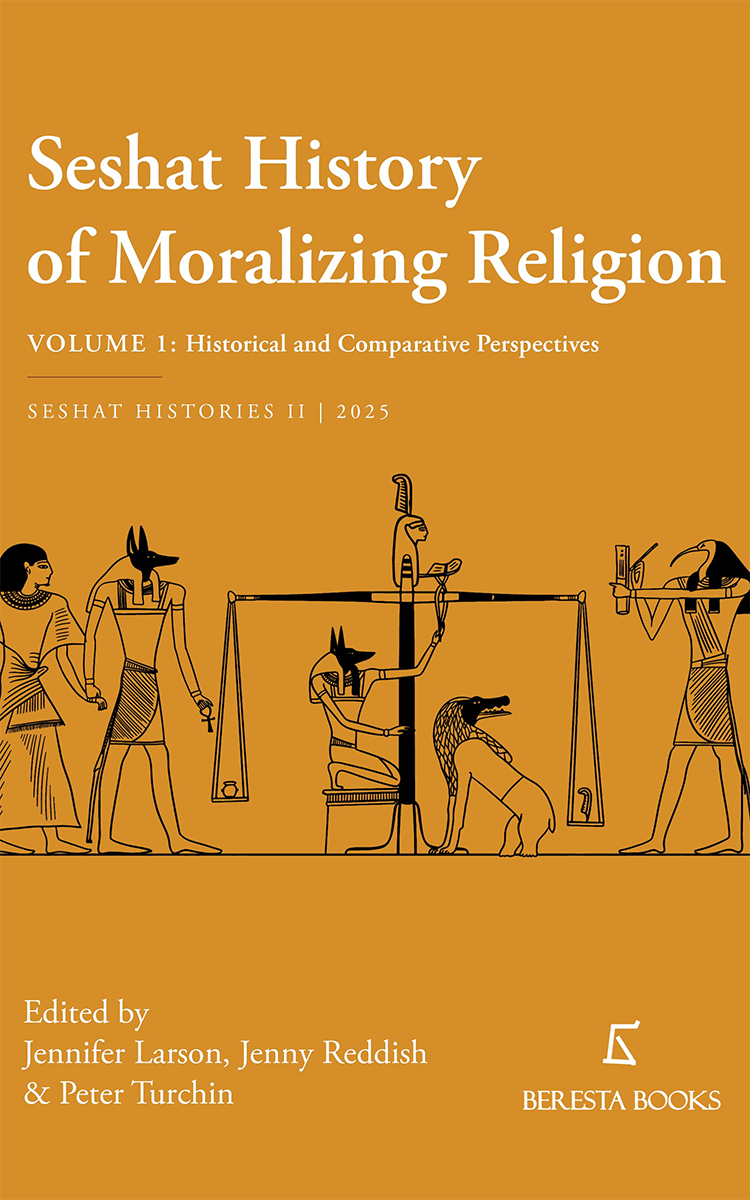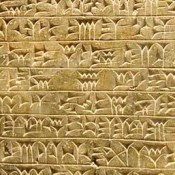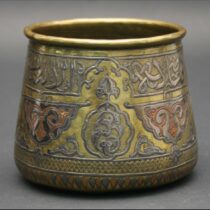Jenny Reddish, Jennifer Larson & Peter Turchin (eds.), Seshat History of Moralizing Religion. What do the gods want? Will we be judged after death?, Beresta Books, July 2025. ISBNs: Volume One: 978-1-967343-00-3 / 978-1-967343-01-0, Volume Two: 978-1-967343-02-7 / 978-1-967343-03-4
Introduction to Moralizing Religion
What do the gods want? Will we be judged after death? What is the aim of religious practice? In all the major religions recognized today, interpersonal morality is a primary concern, reinforced by supernatural systems of punishment and reward.
In the Abrahamic faiths, an all-powerful god monitors and judges human conduct, and in Asian karmic religions, every action has consequences, in this life or the next. Yet this focus is recent compared to beliefs in supernatural agency and life after death, and ritual practices designed to ensure good relationships with gods, spirits, and ancestors.
How did moralizing supernatural punishment and reward (MSP) become so important, and what impact have these beliefs had on human societies? Since 2011, teams of scholars affiliated with the Seshat: Global History Databank have used quantitative methods to explore these questions.
The Seshat History of Moralizing Religion
The Seshat History of Moralizing Religion is a qualitative companion to this work, providing a more detailed exploration of cultural context. It is the first book to offer a worldwide comparative perspective on moralizing religions.
In Volume 1, archaeologists, anthropologists, and historians bring their insights to bear on questions of the origin and spread of moralizing religions. Specialists in the study of these traditions explore how MSP has been understood in a variety of cultural contexts, from the early Christian Mediterranean to Sasanian Iran and contemporary India.
Comparative Perspectives on Moralizing Religion
This volume also includes chapters taking a comparative approach to moralizing religion, identifying patterns in time and space and asking how such beliefs co-evolve with other aspects of social organization.
The chapters provide an in-depth view of how moralizing religions developed and how their influence shaped the trajectory of human societies across different periods and regions.





